This month, the Republic of Congo agreed to protect a 36-square-mile area called Djéké Triangle by making it part of the adjacent Nouabalé-Ndoki National Park — the only habitat in the world home to habituated groups of both gorillas and chimpanzees.
Tag: Biodiversity
Multistate project aims to diversify Corn Belt
With a five-year, $10 million federal grant, a team of researchers from Iowa, Indiana and Illinois are working to plant the seeds for greater crop diversity in the Midwest.
Current Antarctic conservation efforts are insufficient to avoid biodiversity declines
Existing conservation efforts are insufficient to protect Antarctic ecosystems, and population declines are likely for 65% of the continent’s plants and wildlife by the year 2100, according to a study publishing December 22nd in the open access journal PLOS Biology.
Biological Alternatives Offer Hope for Restoring Biodiversity
This week, the United Nations is meeting in Montreal for the UN Biodiversity Conference. The conference brings together leaders from around the world to discuss how to prevent loss of biodiversity and how to restore habitats that are already hurting.
Quality, not just quantity, matters in COP15 “30 by 30” goal
A global deal to protect nature and the benefits it provides to people will be negotiated during the United Nations COP15 biodiversity conference in Montreal, with a key target of the new biodiversity framework calling for at least 30 per cent of global land and sea areas to be conserved by 2030.
Three days to help save our coastal habitats
A global gathering of marine scientists has set a three-day symposium to work out how we can maximise the many life and planet protecting services we as humans benefit from our coastal habitats.
Forensics used to reverse the decline of biodiversity in Europe
Staffordshire University is contributing forensic intelligence to an ambitious project which aims to protect endangered species like wolf, bear, lynx, and sturgeon in remote areas of Europe.
Protecting and connecting nature across Europe
The Horizon Europe NaturaConnect Project will support European Union governments and other public and private institutions in designing a coherent, resilient and well-connected Trans-European Nature Network.
New species of owl discovered in the rainforests of Príncipe Island, Central Africa
A new species of owl has just been described from Príncipe Island, part of the Democratic Republic of São Tomé and Príncipe in Central Africa.
Half of the Data Deficient Species May Be Threatened with Extinction
Often we simply do not know enough about a species to know how it is doing. On the recognized red list from the International Union for Conservation of Nature (IUCN), thousands of plants and animals are listed as “data deficient.”
Despite commitments, Brazil’s beef sector tainted by purchases from protected lands in Amazon basin
Despite improvements by meatpackers to keep their supply chains free of cattle grazed on protected or illegally deforested lands, many slaughterhouses in Brazil — the world’s top beef exporter — continue to purchase illegally pastured animals on a large scale. A new study published Oct. 18 in the journal Conservation Letters underscores the depth of the problem.
It may already be too late to meet UN genetic diversity target, but new findings could guide conservation efforts
Climate change and habitat destruction may have already caused the loss of more than one-tenth of the world’s terrestrial genetic diversity, according to new research led by Carnegie’s Moises Exposito-Alonso and published in Science.
High plant diversity is often found in the smallest of areas
It might sound weird, but it’s true: the steppes of Eastern Europe are home to a similar number of plant species as the regions of the Amazon rainforest.
Wildlife crossings potentially save millions annually in Washington state
Crossings over highways intended to preserve biological diversity also appear to reduce wildlife-vehicle collisions in Washington state, saving roughly $235,000 to $443,000 every year per structure.
University of Kentucky-led project awarded $2.5 million by NSF to study climate change, biodiversity
A study led by the University of Kentucky has been selected for funding by the National Science Foundation’s (NSF) “Biodiversity on a Changing Planet” program, an international, transdisciplinary effort that addresses major challenges related to climate change. The five-year project has been awarded nearly $2.5 million.
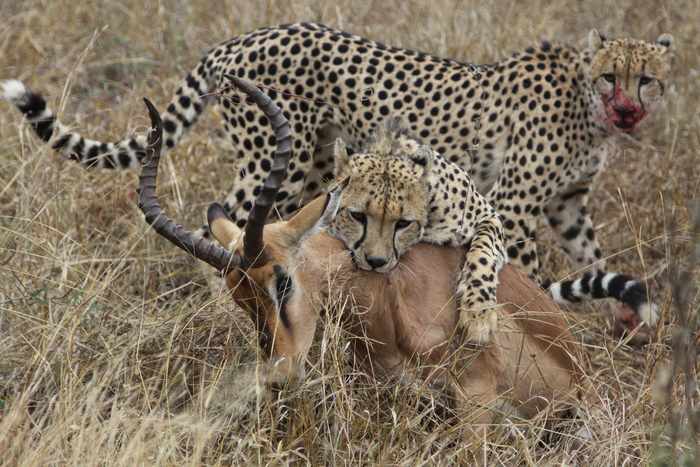
Reconstructing ice age diets reveals unraveling web of life
Research published this week in Science offers the clearest picture yet of the reverberating consequences of land mammal declines on food webs over the past 130,000 years.
Home gardens are “living genebanks” that sustain livelihoods in Central Asia
Apple, apricot, walnut, pear and plum – some of the most widely consumed temperate fruit and nuts globally – find their origins in the forests of Central Asia.
Hareport hazard – researchers identify most dangerous times for hares on Dublin Airport’s runway
Researchers use motion-activated cameras to document when hares are most likely to be struck by aircraft at Dublin Airport
Climate change leads to invasive insect expansion on West Coast
Climate change has led to warming temperatures in the Pacific Northwest, leading some insect species to expand their range into more northerly oak savannas, according to new research from Binghamton University, State University of New York.
New online resource can help users ‘bee’ friendly when it comes to planting for pollinators
An online database developed at the University of Sussex which documents pollinator-plant interactions, could help the public understand how to plant for pollinators and support biodiversity.
Venomous! New pit viper discovered in Jiuzhaigou National Nature Reserve, China
Jiuzhaigou National Nature Reserve, a World Heritage Site, lies in the transition zone from the eastern edge of the Qinghai-Tibet Plateau to the Sichuan Basin in Sichuan Province, China, and occupies an area of 651 km2.
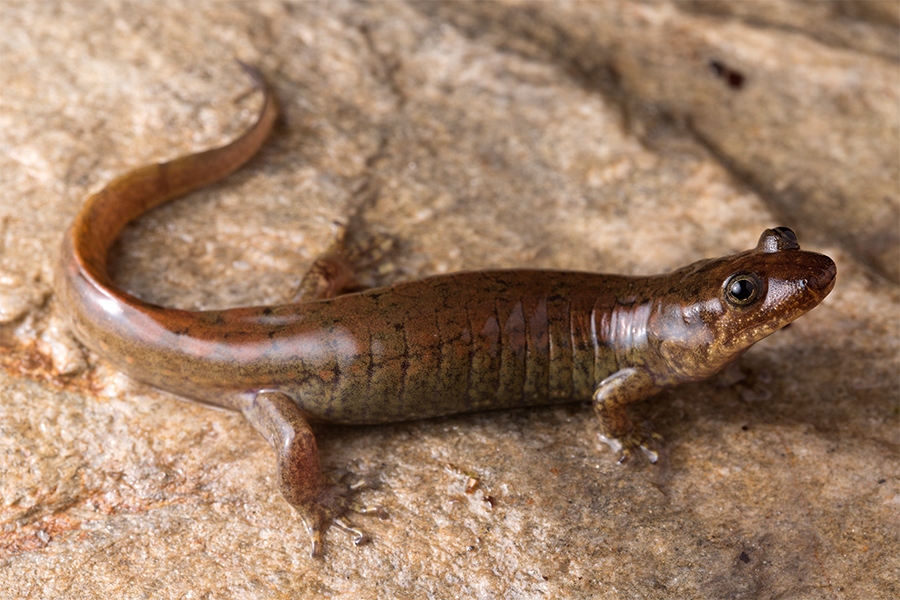
Three New Species of Black-Bellied Salamander Found in Southern Appalachian Mountains
Three new species of black-bellied salamander have been discovered by a research team led by R. Alexander Pyron, the Robert F. Griggs Associate Professor of Biology at the George Washington University. The new salamanders, which are found in the southern Appalachian Mountains of the eastern United States, stem from black-bellied populations that were long considered to be a single species.
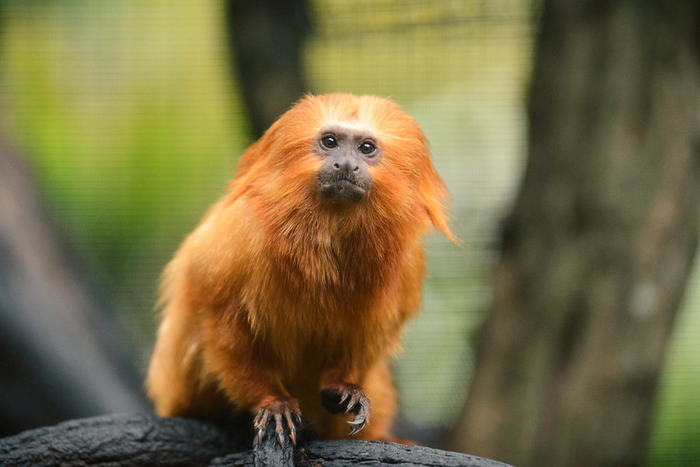
Action needed to avoid mass extinction, say global team of experts
“Biodiversity loss is one of our biggest environmental challenges in the world, probably more important than climate change.
New hawk moth species are among the smallest ever discovered
Hawk moths are known for being some of the largest night fliers in the insect world.
Experts predict top emerging impacts on ocean biodiversity over next decade
Lithium extraction from the deep sea, overfishing of deeper-water species, and the unexpected ocean impacts of wildfires on land are among fifteen issues experts warn we ought to be addressing now.
Study points to Armenian origins of ancient crop with aviation biofuel potential
Camelina, also known as false flax or Gold-of-Pleasure, is an ancient oilseed crop with emerging applications in the production of sustainable, low-input biofuels. Multidisciplinary research from Washington University in St. Louis is revealing the origins and uses of camelina and may help guide decisions critical to achieving its potential as a biofuel feedstock for a greener aviation industry in the future.
Biodiversity risks to persist well beyond future global temperature peak
Even if global temperatures begin to decline after peaking this century because of climate change, the risks to biodiversity could persist for decades after, finds a new study by UCL and University of Cape Town researchers.
New Global Biodiversity Framework Falls Short on Chemicals
Environmental scientists, ecologists, and policy experts argue in a letter published today in Science that the proposed Post-2020 Global Biodiversity Framework – a new international agreement to protect biodiversity – fails to account for the totality of chemical pollutants that threaten the health of ecosystems worldwide.
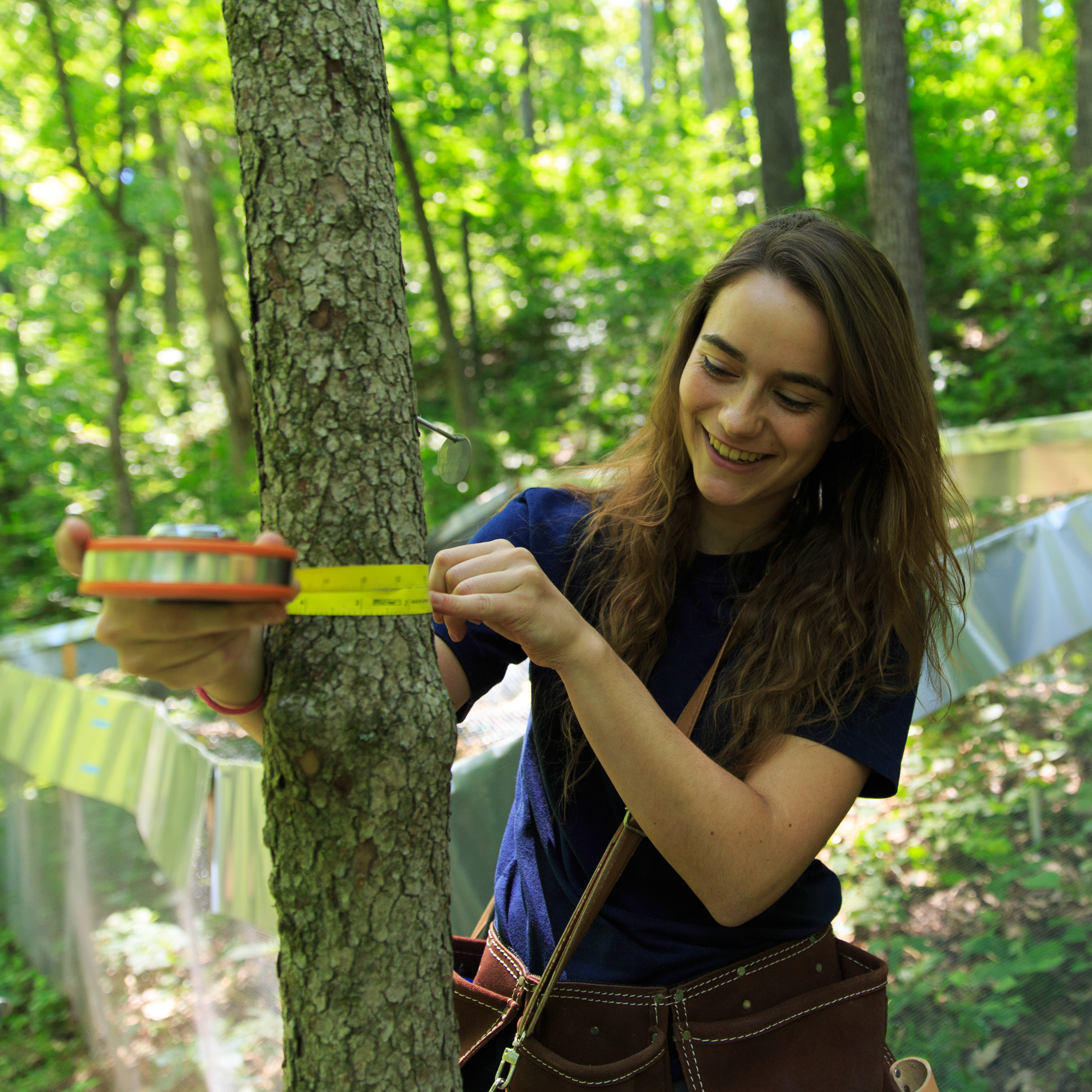
The space between us
Tree beta diversity — a measure of site-to-site variation in the composition of species present within a given area — matters more for ecosystem functioning than other components of biodiversity at larger scales. The finding has implications for conservation planning.
Pets or threats? Goldfish might be harmful to biodiversity
A new study has highlighted the potential threat of pet fish to biodiversity.
Measuring diversity from farm to fork: A new report evaluates 10 Mediterranean countries
What foods comes to your mind when you think about “The Mediterranean Diet”? For most people, the term evokes strong associations with fresh, minimally-processed ingredients – olive oil, fresh fruits, vegetables, legumes, and whole grains, followed by fish and animal products – together making up a form of local food production and consumption that holds societal, economic, and cultural benefits.
Striking new snake species discovered in Paraguay
A beautiful non-venomous snake, previously unknown to science, was discovered in Paraguay and described by researchers of the Paraguayan NGO Para La Tierra with the collaboration of Guyra Paraguay and the Instituto de Investigación Biológica del Paraguay.
Global Bird Populations Steadily Declining
Staggering declines in bird populations are taking place around the world. So concludes a study from scientists at multiple institutions, published today in the journal Annual Review of Environment and Resources. Loss and degradation of natural habitats and direct overexploitation of many species are cited as the key threats to avian biodiversity. Climate change is identified as an emerging driver of bird population declines.
Researchers Discover New Species of Salamander From Gulf Coastal Plains Hotspot
A team of researchers led by R. Alexander Pyron, the Robert F. Griggs Associate Professor of Biology at the George Washington University, has discovered a new species of swamp-dwelling dusky salamander from the Gulf Coastal Plain of southeastern Mississippi and southwestern Alabama.
UK wildlife watchers welcome ‘ecological refugees’
Wildlife watchers generally welcome species that have arrived in the UK due to climate change, new research suggests.

Protecting species for the good of global climate
When the global community is expected to meet for the second part of the UN Biodiversity Conference in Kunming, China, in autumn, it must also adopt the next generation of UN biodiversity targets.
Environmental DNA reveals secret reef inhabitants
Tropical coral reefs are colourful, beautiful – and rich in species.
World’s New Stream Frog Found in Myanmar: Chula Researcher Indicates Its Ecosystem Is Intact
A biologist from the Faculty of Science, Chulalongkorn University working with researchers from Germany and Myanmar has discovered two of the world’s newest stream frogs in Myanmar highlighting the remaining diversity of ecosystems in Southeast Asia and cautions all those involved of the need to conserve our forests before our valuable wildlife become extinct.
Brains and brawn helped crows and ravens take over the world
Crows and ravens are well known for their black color and the harsh “caw” sound they make. They are intelligent birds that use tools, solve complex abstract problems and speak a volume of words. But what is less well appreciated is how diverse they are. Their diversity is accompanied by their ability to live all over the world in a variety of habitats.
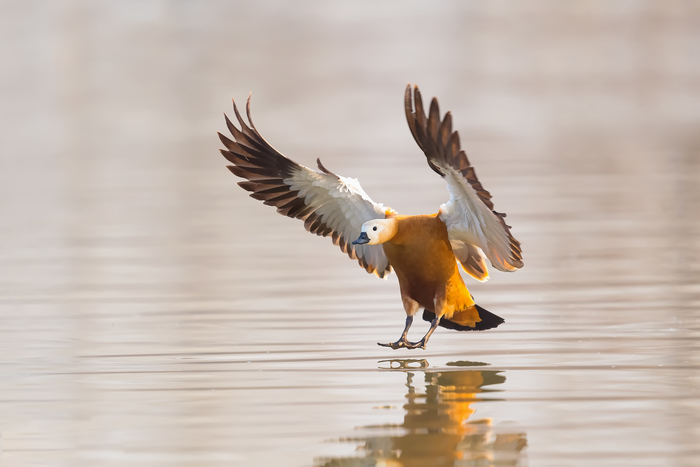
Protected areas don’t always boost biodiversity
Protected areas such as national parks have a “mixed impact” on wildlife, according to the largest ever global study of their effects.
Nationwide maps of bird species can help protect biodiversity
New, highly detailed and rigorous maps of bird biodiversity could help protect rare or threatened species. Researchers at the University of Wisconsin–Madison developed the maps at a fine-enough resolution to help conservation managers focus their efforts where they are most likely to help birds — in individual counties or forests, rather than across whole states or regions.
Introduced birds are not replacing roles of human-caused extinct species
Human-caused bird extinctions are driving losses of functional diversity on islands worldwide, and the gaps they leave behind are not being filled by introduced (alien) species, finds a new study led by UCL and University of Gothenburg researchers.
Development of a curious robot to study coral reef ecosystems awarded $1.5 million by the National Science Foundation
A grant by the National Science Foundation to researchers at the Woods Hole Oceanographic Institution (WHOI) and Syracuse University aims to open new avenues of robotic study of coral reefs by developing autonomous underwater vehicles capable of navigating complex environments and of collecting data over long periods of time. The team led by WHOI computer scientist Yogesh Girdhar aims to build a robot capable of navigating a reef ecosystem and measuring the biomass, biodiversity, and behavior of organisms living in or passing through a reef over extended periods of time.
Carnivores may adjust schedule to avoid each other, researchers find
Just as humans may leave their home five minutes early to avoid a talkative neighbor or depart work late to avoid a rude coworker, carnivorous mammals may go out of their way to avoid other species.
FAU Receives NSF Grant to Explore Trait Evolution Across Species
The NSF grant will enable scientists to elucidate trait evolution across species using statistical and supervised machine learning approaches to vigorously and accurately predict general and specific evolutionary mechanisms that also will be applicable to various genomic and transcriptomic data for evolutionary discovery.
Coral reefs are 50% less able to provide food, jobs, and climate protection than in 1950s, putting millions at risk
The capacity of coral reefs to provide ecosystem services relied on by millions of people worldwide has declined by half since the 1950s, according to a new University of British Columbia-led study.
Living laboratory, biodiversity hub: The Oak Ridge National Environmental Research Park
Nestled at the intersection of eastern Tennessee’s Anderson and Roane Counties, the Oak Ridge National Environmental Research Park is a living laboratory and a major resource for conducting ecological studies.
Woods Hole Oceanographic Institution collaborates to bring video installation to United Nation Headquarters
Beginning Tuesday, September 21 and running evenings (8–11pm EST) through Friday, September 24, artist collective SUPERFLEX will project Vertical Migration onto the facade of the United Nations Secretariat Building, the UN’s signature 39-story tower. Coinciding with the 76th UN General Assembly, Vertical Migration is a dramatic, 505-foot (154-meter) video installation that draws attention to the role that the ocean—particularly the little explored region known as the ocean twilight zone—plays in global climate.
One water bucket to find them all: Detecting fish, mammals, and birds from a single sample
In times of exacerbating biodiversity loss, reliable data on species occurrence are essential, in order for prompt and adequate conservation actions to be initiated.
Patterns of income and urbanization impact mammal biodiversity in the concrete jungle
New research suggests that while there is an association between income and diversity of medium to large mammals, another factor is stronger: “urban intensity”, or the degree to which wild lands have been converted to densely-populated, paved-over grey cities.